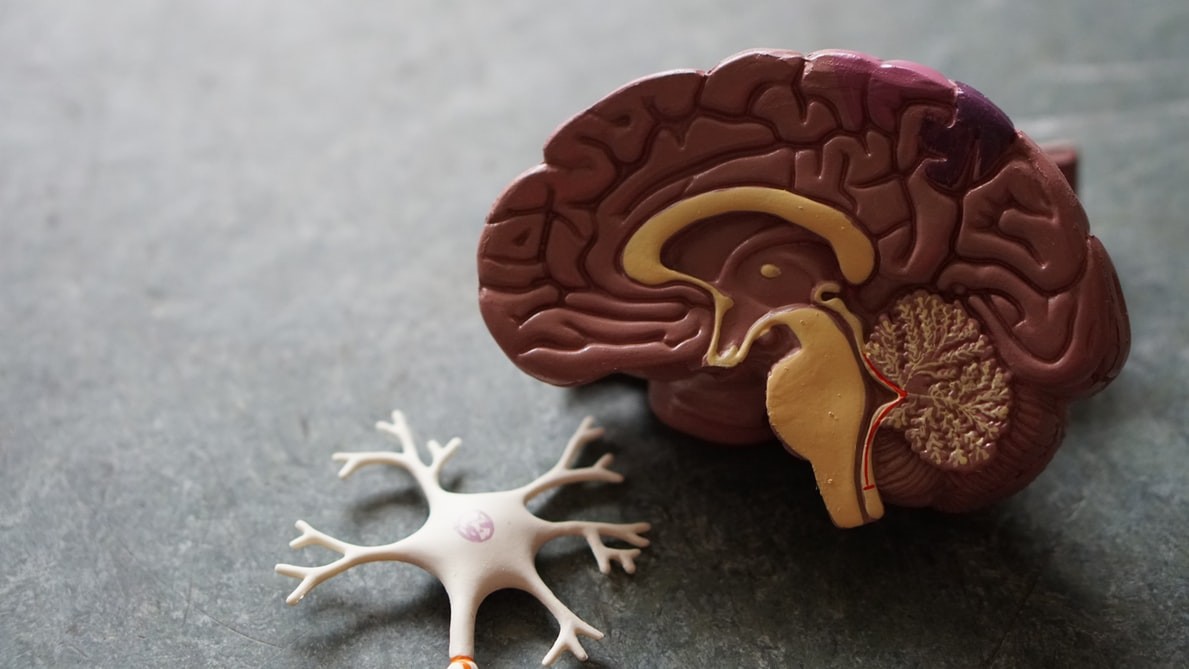
UC research team receives Brain Aneurysm Foundation grant
Researchers hoping to uncover a more accurate way to predict if an aneurysm will rupture
Researchers at the University of Cincinnati Department of Neurosurgery are hoping to uncover a more accurate way to predict if an aneurysm will rupture. Currently, providers look at the size of an aneurysm, but Charles J. Prestigiacomo, MD, and Mark Johnson, MD, are looking at the shape.
It is generally accepted that any aneurysm larger than 7 millimeters should be treated, when also taking into account other risk factors, such as patients who smoke, have hypertension or are female. Now, the team is hoping to define how to analyze an aneurysm’s shape to assess the risk of it rupturing.
“Subjectively, experts have described aneurysms as being irregular shaped or smooth shaped,” says Johnson, a fourth-year neurosurgery resident, “and the irregular aneurysms have been correlated in different population groups as more likely to rupture.”
The idea of studying an aneurysm’s shape is not new, but previously researchers have only looked at 2-dimensional shapes. UC neurosurgeons are looking at 3-D aneurysms. Under the direction of Prestigiacomo, the grant's principal investigator, Johnson and colleagues have developed a scoring system where a number can be assigned based on the morphological numerical.
“We’re using an interesting geometrical theorem,” Johnson said. “If we can validate that this works as an objective measure of that irregularity, then it is much easier to submit that integer to regression analysis to look at in a multi-variable model that could be used to help predict rupture risk, along with traditional risk factors.”
Essentially, the team hopes to turn this subjective way of using an aneurysm’s shape into an objective one.
That caught the attention of the Brain Aneurysm Foundation in spring 2022, when Johnson applied for a grant. The researchers secured the grant in July for the project, titled Morphological Analysis Through the Use of Fractal Dimension as a Predictor of Cerebral Aneurysm Behavior.

Mark Johnson, MD, presents his research. Photo provided.
Johnson has been combing through images of aneurysms in patients who have been treated at UC Health in the past seven years. He is hoping to transform between 500-700 of those images Into 3-D models.
“I make the 3-D model through a process called segmentation,” Johnson said. “I take the sourced images that were generated for clinical use and I put them into a software that turns the 2-D scans into a 3-D model. Then, I extract the aneurysm and do a shape analysis on it though a software program developed by former UC medical student Jimmy Castiligione.”
Initial pilot data of 30 patients suggests that Johnson and Prestigiacomo are on to something.
“There seems to be a strong correlation with prior rupture, more so than some of the other morphologic variables that have been tested,” Johnson said.
The pilot study only used data from computed tomography (CT) angiograms, and Johnson is hoping the correlation continues with different imaging modalities, like diagnostic angiograms and magnetic resonance angiograms.
“I want to make sure the measure you get with a DSA or MRA picture gives you a similar enough fractal dimension value that you can compare across the three imaging modalities,” he said.
An aneurysm’s growth will also be assessed to determine if it, too, could be used to predict risk of rupture. Additionally, Johnson will look at the fractal dimension of residual aneurysms to see if it is predictive of whether an aneurysm grows or resolves on its own.
Johnson aims to finish the study by September of 2023 and will be presenting the results of the trial at the Brain Aneurysm Foundation’s annual scientific meeting in Charleston, South Carolina.

Johnson and colleagues have received a $30,000 Brain Aneurysm Foundation grant to further their research. Photo provided.
Featured photo at top of model of a brain. Photo/Robina Weermeijer/Unsplash.
Related Stories
Hoxworth Blood Center honors MLK with annual blood drive, community partnership, bonus for donors
January 12, 2026
Hoxworth Blood Center, University of Cincinnati, is honoring the legacy of Dr. Martin Luther King Jr. by turning his message of service into action. One powerful way to do that is by donating with Hoxworth on MLK Day and helping save patients at local hospitals.
The biggest skin-care trends of 2026 go back to basics
January 8, 2026
The University of Cincinnati's Kelly Dobos was featured in an Allure article discussing the biggest skin-care trends of 2026.
World class: Alumni travel program connects Bearcats on global scale
January 7, 2026
Most people have a natural curiosity to see the world. Meanwhile, most Bearcats enjoy being around other Bearcats. Alumni can check both boxes through the UC Alumni Association’s travel program, which offers about half a dozen excursions each year to fascinating places around the globe.
